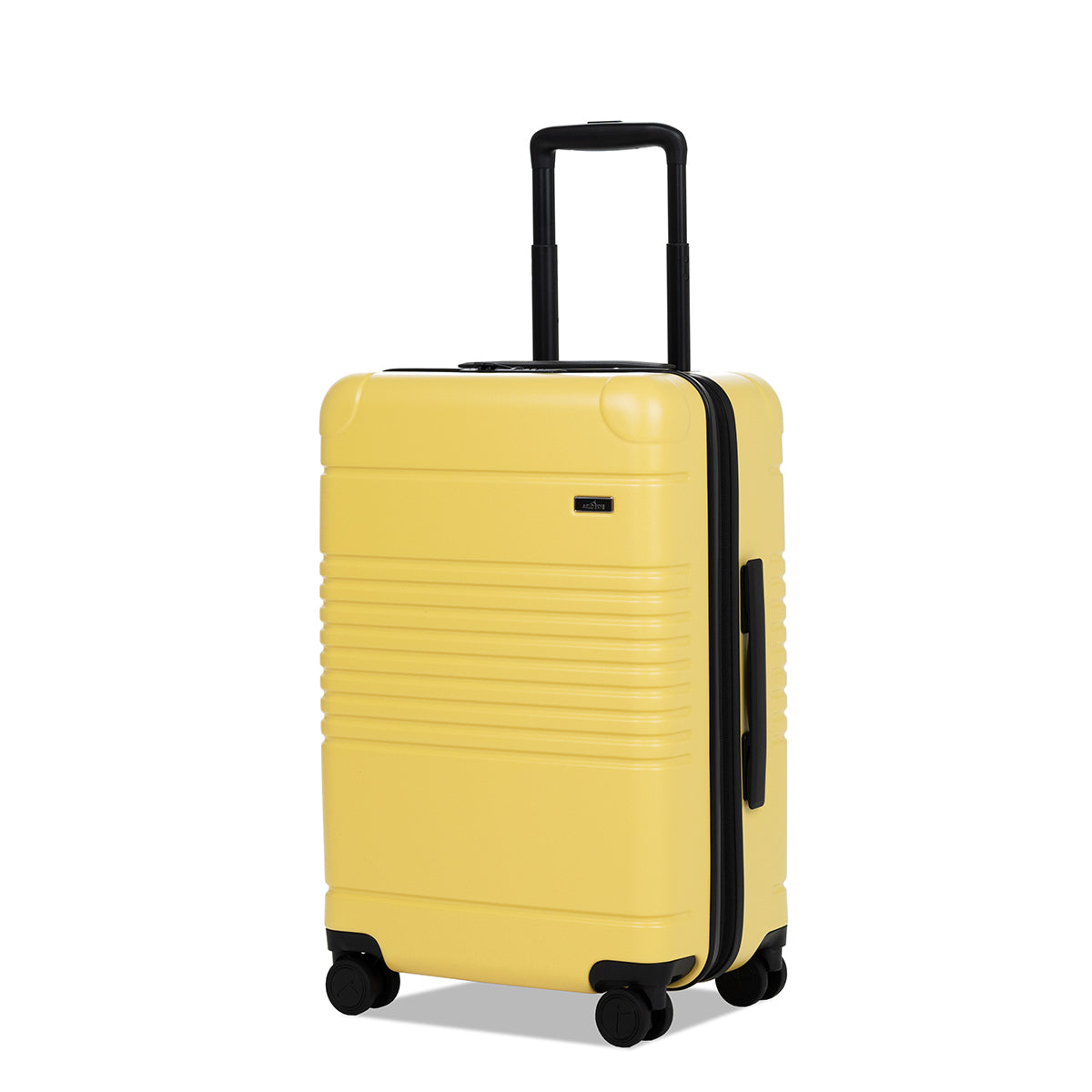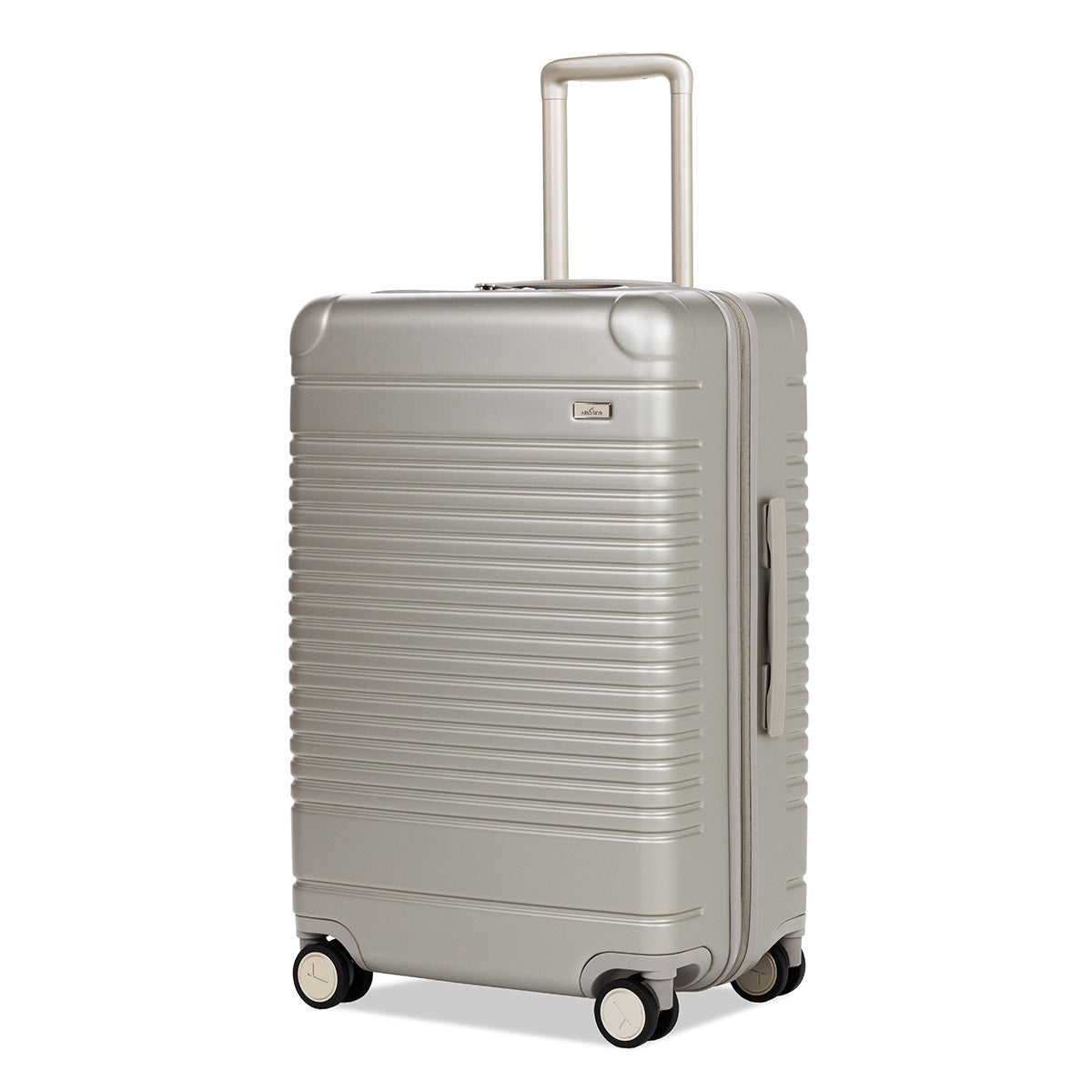
The vineyards of Valle de Guadalupe, Mexico
A trip to wine country—be it the rolling hills of Tuscany, the elegant port city of Bordeaux, or lush Napa and Sonoma—is never a bad idea. But once you’ve sipped your way through the best of these go-to wine-producing regions, it might be time to think outside the crate. As vineyard visiting season kicks off, we’ve gathered the intel on some lesser-known vineyard destinations, all of which promise a unique (and uniquely delicious) new wine-tasting experience. Bonus: if you’re traveling with a partner who doesn’t live for discovering new varietals, each of these destinations is also an amazing vacation spot all on its own.
Valle de Guadalupe, Mexico
The strongest up-and-coming contender for a top new vineyard destination is Mexico, specifically Valle de Guadalupe, in the Free and Sovereign State of Baja California. About a two hour drive south of the San Diego airport, Guadalupe Valley’s Ruta de Vino was birthed into being in 1910, when a group of Russian monks began growing grapes to sell to locals. In 1988, a German scientist founded Monte Xanic, which is regarded as the first high-quality wine produced in the area. Since then, oenologists from France, Italy and Spain have brought their own grapes—including nebbiolo and tannat—to the valley, and locals like Norte 32, Viñas de Garza and Relieve Winery have fast-tracked the area into proper wine country.
Vaud, Switzerland

Lavaux wine region, Switzerland
If you haven’t had wine from Switzerland, it’s not because there’s none to be had—it’s because the Swiss are smart, and basically keep it all for themselves (they export just 2% of their total product each year). While you might think that a country known for some of the best chocolate and cheese in the world can’t possibly also compete in the category of wine, the Swiss are quietly producing two lesser-known varietals—a briny, acidic, lightly effervescent chassela (made from a white grape that only grows in the Alps), and a Bordeaux-like gamaret—that have a loyal fan base. To experience some of the best chasselas in Switzerland, head to the French-speaking region of Vaud, and visit vineyards like Les Frères DuBois, or Lavaux Vinorama. In Vaud, you will also find one of the top producers of gamaret, a wine rarely produced outside Switzerland, at Domaine Nicolas Ruedin.
The Canary Islands

Finca Malvasia, Lanzarote, Canary Islands, Spain
A Spanish archipelago composed of seven volcanic islands, and located off the west coast of Morocco, the Canary Islands directly compete with Switzerland in terms of uniqueness: the region grows several indigenous varieties of grapes, including Listan Blanco and Malvasia, and also produces a vast variety of different types of wine, including Moscatel dessert wine, Marmajuelo, Tintilla, Rosé and Listan Negro. Like the Swiss, canny Canarians save most of the wine they produce for themselves, and wine production is a distinctive aspect of the islands: for example, on the island of Lazarote, grapes are basically the only cultivated vegetation, and are planted in black soil abundant in volcanic ash. Each vine is planted in a crater-like hole, which gives the locale an otherworldly look. Bodega el Grifo, one of the top ten wine producers in all of Spain, is located on Lazarote, and produces a crisp white from Malvasia Volcanica grapes. Also on the island is the notable La Geria vineyard, which hosts the Fiesta de la Vendimia, in August, featuring camels as taxi transport to the fiesta.
Tunis
The Four Seasons, Tunis
Tunis, the capital of the North African country of Tunisia, is blessed with a decidedly Mediterranean climate, making its outer perimeters ideal for grape growing. Winemaking in this region dates back to 814 BC, but it wasn’t until French occupation of the country, which began in 1881, that wine grape cultivation became an integral part of Tunisian culture. After the French departed in 1956, wine production slowed, but the practice was revived in the 90s. Though wine manufacturing in the area has yet to become a booming international business, the region’s viticulture is done with heart and love for the product, which gives its wines a special character. Tunisia has its own wine-tasting club, and a visit to La Cave Les Vignerons De Carthage, a vineyard with a literal wine cave in Mégrine, just outside Tunis, is worth it for the views and the quaffs.
Croatia

Villa Bas de Bas near Skradin, Croatia
Croatia might not be quite as unexpected as Tunisia, though many have still not experienced the exquisite wines produced in this country. Its diverse landscape is home to 300 geographically distinct wine regions, meaning that wine lovers are spoiled for choice when visiting its many vineyards. We’d start in Central and South Dalmatia, where the best and most expensive Croatian wines are produced. This is the home of Frano Milos, arguably Croatia’s best known vintner. The super charming Istrian Peninsula, on the Adriatic, is worth a visit on its own—it’s a relaxing European beach getaway with tons of amazing seafood spots, and without the insanity of more touristy spots like Mykonos—but it is also home to the famous Coronica vineyard, which produces exceptional reds, and an ultra-floral white made from an indigenous strain of Malvasian grape called Istarska malvazija.










